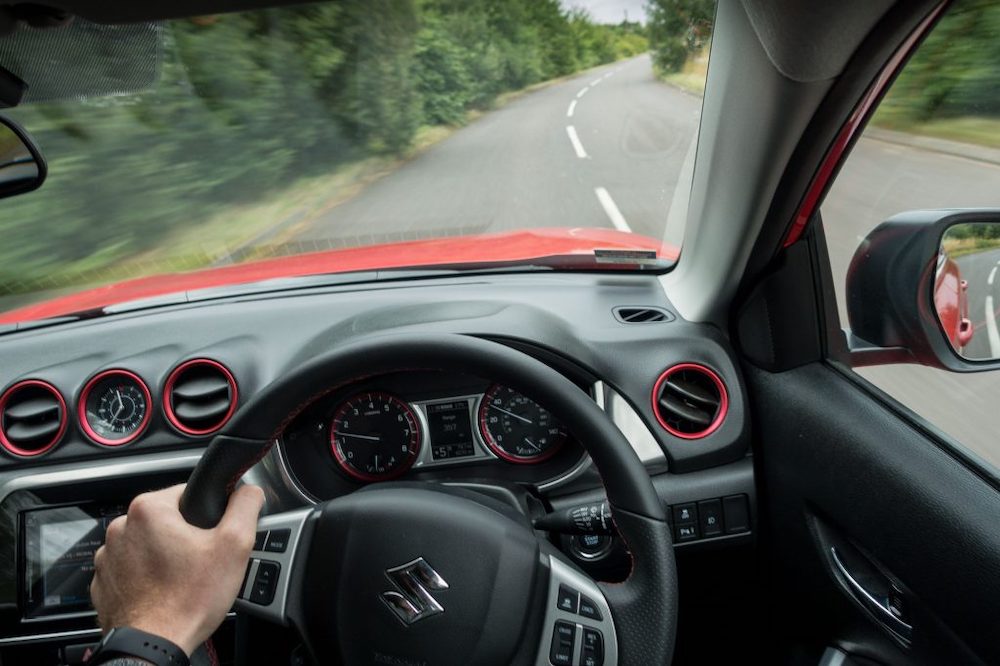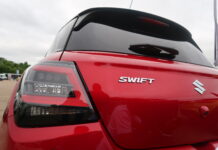In Australia, car insurance is mandatory to drive a vehicle on public and national roads. The minimum coverage that car owners often choose is compulsory third-party insurance, or CTP insurance for short. This insurance covers the hospital bills of third parties injured in an accident involving you and your vehicle.
However, many people find it more advisable to spend a slightly greater premium for extended coverage through a comprehensive car insurance plan instead. Comprehensive car insurance provides coverage for a multitude of other car-related incidents, allowing you to claim financial compensation for an accident that falls under the contract’s terms.
While CTP insurance coverage helps alleviate some financial stress off your shoulders in accidents, it doesn’t cover the entire breadth of collision-related costs. If you prioritize peace of mind, spending a little extra on comprehensive car insurance is more than worth it.
That said, one may ask: what’s covered under comprehensive car insurance anyway? Think about it no longer: in this article, we’ll give a breakdown of the coverage associated with comprehensive car insurance in Australia.
Let’s get right into it.
What Comprehensive Car Insurance Covers
Comprehensive car insurance is defined as an insurance policy that covers incidents beyond the scope of mandatory CTP insurance.
Here’s a breakdown of what a comprehensive car insurance coverage plan can cover:
- Weather damage: Damage caused by hail, lightning, storms, and excessive heat can be covered under this insurance policy.
- Vehicle or car key theft: Damage arising from burglary and theft attempts—regardless of whether it’s successful or not—is covered under this policy.
- Vandalism: If your car has been painted or scratched on, the cost of repainting it will be covered under this insurance policy.
- Natural disaster damage: If your car has sustained damage arising from earthquakes, hurricanes, floods, and other forces of nature, you can get a claim.
- Water damage: If water has entered your car and has caused major damage, comprehensive car insurance can cover a chunk of the repair costs.
- Car part breakage like glass and engine: If your engine or glass has broken due to physical force, you’re covered under this policy.
- Personal items coverage: Some insurance holders can have some money back from items that may have been lost inside the car.
- New replacement car: A partial cost of buying a new car is shouldered by the insurer if an assessment reveals that the original car is broken beyond repair.
- Fire damage: Damage caused by fire and unbearable heat is covered by this policy.
- Explosion damage: Explosions, whether caused from within or outside the car, are also covered to the term’s extent.
- Animal collision: Damage in the front, rear, or side of the vehicle is covered if it has been revealed to hit the animal on accident.
- Object collision: Damage to the vehicle caused by collisions on curbs, property, and falling objects like branches are covered.
- Hire car reimbursement: Comprehensive car insurance reimburses rental car costs while your vehicle is repaired.
- Towing costs: Covers towing fees to transport your vehicle to a repair centre if the vehicle is rendered inoperable.
- Temporary repair costs: Helps with the costs of temporary repairs after an incident, such as repairs for the car’s windshield, body panel, fluid, or tyres.
- Modification reimbursement made known to the insurer: Some modifications can be covered by the insurer, but you have to declare them beforehand. This may include (but isn’t limited to) decals, tech additions, upholstery, and more.
The aforementioned coverage can be included in a comprehensive car insurance policy. However, you’ll need to discuss the terms with your insurer to ensure that these incidents are covered in the plan.
It’s important to note that the CTP insurance plan is separate from a comprehensive car plan. You need to apply for both separately to be adequately covered by third-party liability and the incidents under a comprehensive car insurance plan.
Typically, the more coverage add-ons you have, the higher the price of the monthly premium. Be sure to finalise the comprehensive car insurance quote and be on the same page as your insurance policy agent regarding the terms you’d like in your comprehensive car insurance plan.

Average Cost of Comprehensive Car Insurance
The price of comprehensive car insurance in Australia can vary significantly among the companies handling the insurance, ranging from anywhere between $1,700 to $3,000 a year.
Furthermore, the price of comprehensive car insurance continues to rise year-on-year, typically in the range of $300 to $400 or about a 20-30% increase. This makes buying it early crucial to save a few hundred dollars.
A lot of other variables also affect the price of car insurance. This includes:
- The territory where the car is registered, with NSW and Victoria-based citizens having the most expensive insurance policies.
- Age of applicant, with younger individuals getting more expensive premiums
- Sex of applicant
- Type of car, particularly its make and model
- Length of contract
Furthermore, some insurance policies may come with a binding contract that can span for years. This can come at a discounted cost.
However, there are a few exceptions that allow car owners to get monthly insurance for cheap. By doing some digging, you can even find model-specific insurance policies at a steal, such as ROLLiN’s comprehensive car insurance for your Nissan.
What’s Not Included in Comprehensive Car Insurance Policy
Your standard comprehensive car insurance policy, as filled as it may appear to be, isn’t all-encompassing. There are some exclusions that you need to be aware of to fully grasp what’s part of the policy and what’s not.
Here are some incidents that don’t fall under most comprehensive car insurance policy terms:
- Personal injury: If you or another party get injured as a result of the incident, this may be covered only under a separate personal injury insurance or CTP insurance respectively.
- Intentional damage: If you had the intent of damaging your vehicle beforehand, then this damage won’t be covered under the comprehensive car insurance.
- Damage due to reckless driving: If there’s enough evidence that suggests you have not done your due diligence in keeping safe on the road, you won’t be covered for any reason under a standard comprehensive car insurance policy.
- Medical bills for third parties: Rehabilitation costs, medical costs, and hospital room fees are all covered under the CTP insurance policy.
- Unlicensed car or driver: If you don’t have the appropriate driver’s license, or if your car isn’t equipped with the appropriate registration, then any claims you make will be rendered void—even if the contract stipulates that the incident is claimable.
- Depreciation: Lost value due to the mere passage of time won’t make you liable to get compensation from your car insurance company.
It’s important to keep yourself informed about the extent of your coverage. In most cases, being a responsible car owner and driver can help you reap the benefits of getting amply covered by your insurance policy.
Other Types of Car Insurance
Comprehensive car insurance doesn’t cover the entire breadth of incidents on the road. You may have to consider purchasing other car insurance types to keep you, your family and your finances well-protected.
Here are some car insurance types that you may consider buying on top of comprehensive and CTP insurance:
- Third-party fire and theft insurance: Besides CTP insurance, car owners can also get this form of insurance to protect themselves from fire and theft-related incidents.
- Personal injury protection: This insurance covers the medical expenses for you and your passengers if you happen to be involved in an accident, regardless of who’s at fault.
- Commercial vehicle insurance: This insurance type covers cars used for commercial purposes, such as transporting goods or moving company staff or clients from site to site.
- Uninsured or underinsured motorist coverage: If you’re involved in a collision with a motorist without car insurance, this type of coverage can cover your car’s damages as well as your and your passenger’s injuries.
In any case, it’s important to consider your circumstances, financial and otherwise, when choosing a car insurance policy. While the monthly premiums may be on the uptrend, they can help you in a pinch in accidents—saving you thousands of dollars in car repairs in the process.
We hope this article has helped you understand the ins and outs of comprehensive car insurance!














